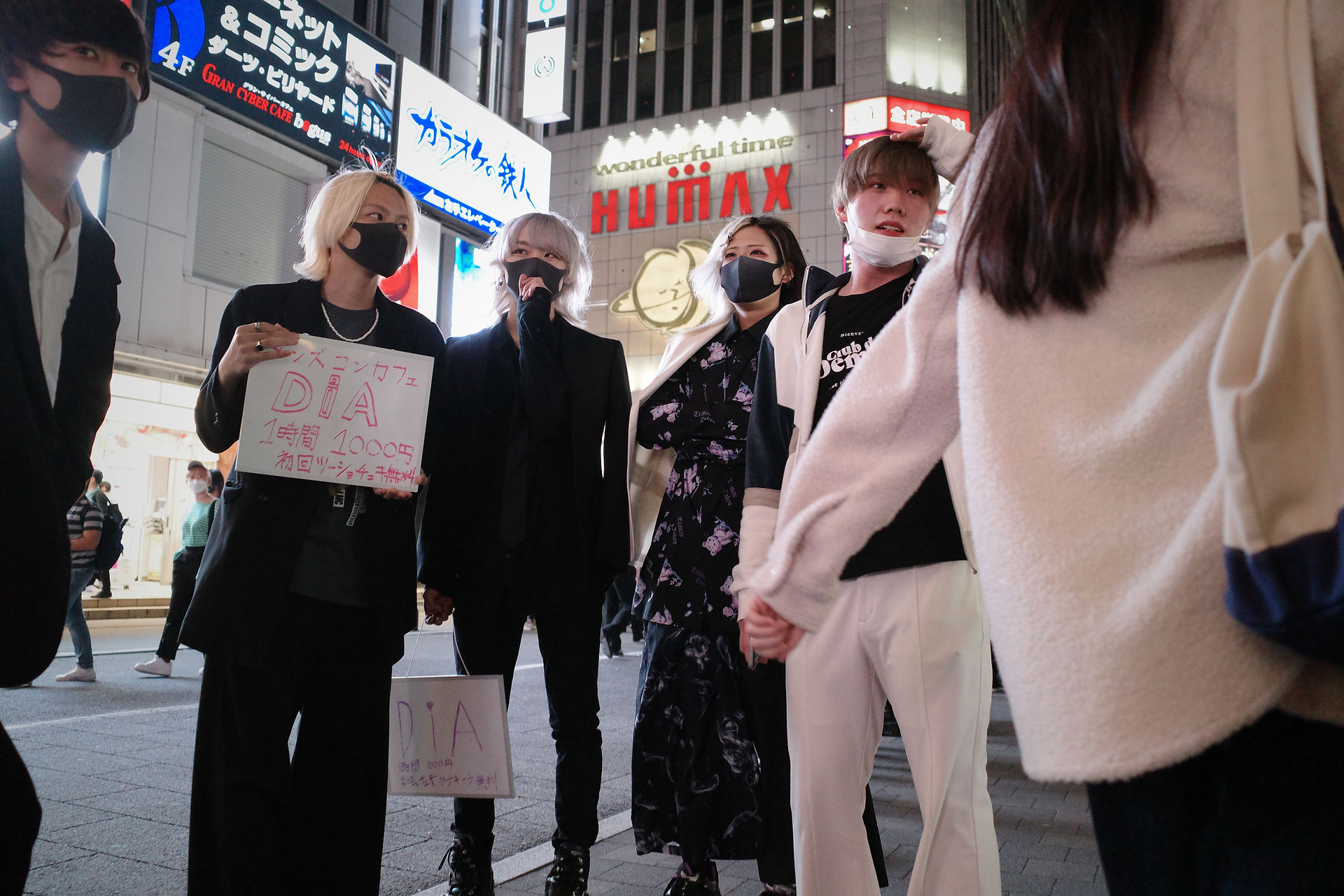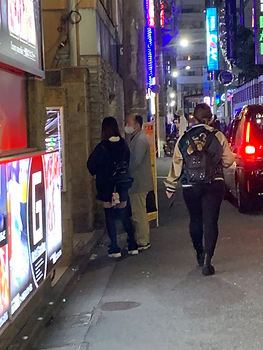
non-Verbal Communication
by Mai
Introduction
“Human beings are genetically programmed to look for nonverbal cues and to quickly understand their meaning.” (Goman, 2011)
Goffman’s Dramaturgical Perspective (Karp, 2015)—The interactions between scouts and targets can be compared to the interactions of characters in a theatrical performances, with both parties carefully calculating their script, actions, costume, and usage of space.
Facial expressions, body gesture, and other forms of non-verbal communication, are crucial aspects of interaction between humans. These kinesics play a significant role in communication, to the point that certain anthropologists and linguists have referred to them as another language (Birdwhistell, 1970). Although many of these kinesics are universal, such as the expression of frowning or smiling, some differ depending on the culture and context—an idea popularized by Charles Darwin. For example, although smiling is seen as a universal sign of happiness or content, some cultures and context show humans smiling when feeling emotions otherwise.
Within the context of Shinjuku’s Kabukicho’s infamous scouts, it can be difficult to decipher whether a smile from a scout relays genuine happiness, a symbol of politeness, or if it is a facade that suggests safety and trust. Through the combination of non-verbal communication, as well as other strategies such as 🗣️Verbal Communication, 🤸♀️The Utilization of Space, and 💓Attractive Presentation, scouts are able to build and establish a persona for themselves to better create relationships with strangers, with the end goal of recruiting them to the industry.
Scouts serve as the most public figure of the industry, guiding targets to their private commodities.
Significance of Scout-Target Interactions
Once a scout is able to successfully lure a target, what happens next? An informal interview with an individual, who now works as a co-owner of a girl’s bar, speaks on his knowledge (from having past and current connections to those directly involved in the Kabukicho industry).
Scouted girls are typically taken into a business with other girls, where they are then directly booked “appointments” with clients, or are sold to larger businesses for a price relative to their popularity/average revenue. The informant the process in which a number of photos of girls are printed onto what is like a “menu”, and clients can then pick their favorite girl and negotiate a price for the allotted time. Girls with higher popularity are priced higher, and the opposite are priced lower. The informant describes how the girls being advertised on a “menu” is dehumanizing, and vulnerable women in need of quick money should be careful when entering the industry.
Scouts v. Catch/Nanpa
These different forms of non-verbal communication can often be indistinguishable from catch or nanpa–but that can be part of their goal, to keep their interaction with a target more discreet and hard to decipher from an outsider’s perspective. This can be for both legal reasons as well as for personal reasons, such as protecting the dignity, or “saving face” of the scout and target.
“Women are treated as products, commodities.”
(Anonymous Informant, 2022)
Although it is common for girls to be scouted simply off of the street, scouting girls from other businesses such as girls bars or hostess clubs is also a typical scenario. Owners of these businesses sometimes have connections to the industry or know of willing clients.
A young girl and a considerably older man stand outside of a motel in the love hotel district. They were heard to have been discussing entering the motel. This is a typical sight of an interaction between a server and their client. The age gap, as well as difference in clothing (girl wearing youthful clothes while man wears a suit jacket) can suggest either a one-time transaction or a contracted transaction, such as パパ活 (a relationship closer to sugardaddy/sugarbaby).

Photo: Mai Schrock-Manabe
The informant discussed how much of the industry remains highly private and hard to observe unless you work for the industry directly or you are a client. Offices and headquarters (allegedly much of which is clustered in the Shinjuku Batting Center area) relating to the industry that operate in Kabukicho are hard to identify from and outsider’s perspective, as they typically are hidden inside what appears to be residential buildings—this is a way of protecting personal identity (Karp, 2015), as clients and workers who enter these buildings will look like an ordinary resident.
